Rising Interest in Recreational Boating
The Sailboat Market is experiencing a notable increase in interest in recreational boating activities. This trend is driven by a growing population of leisure enthusiasts seeking outdoor experiences. According to recent data, the number of registered recreational boats has risen significantly, indicating a shift towards water-based leisure activities. Sailboats, in particular, are gaining traction due to their eco-friendly nature and the unique experience they offer. As more individuals prioritize leisure and adventure, the demand for sailboats is likely to continue its upward trajectory, suggesting a robust market potential for manufacturers and retailers in the Sailboat Market.
Environmental Regulations and Sustainability
The Sailboat Market is influenced by stringent environmental regulations aimed at promoting sustainability. Governments are increasingly implementing policies that encourage the use of eco-friendly materials and technologies in boat manufacturing. This shift is not only a response to climate change but also reflects consumer preferences for sustainable products. Sailboat Market manufacturers are adapting by incorporating renewable resources and energy-efficient designs, which may enhance their market appeal. As sustainability becomes a core value for consumers, the Sailboat Market could see a surge in demand for environmentally responsible vessels, potentially reshaping market dynamics.
Technological Innovations in Sailboat Design
Technological advancements are playing a pivotal role in the Sailboat Market, transforming the design and functionality of sailboats. Innovations such as lightweight materials, advanced navigation systems, and automated sailing technologies are enhancing the sailing experience. These developments not only improve performance but also attract a new demographic of tech-savvy consumers. The integration of smart technologies into sailboats is likely to appeal to younger generations, who prioritize connectivity and efficiency. As these innovations continue to evolve, they may drive growth in the Sailboat Market, creating opportunities for manufacturers to differentiate their offerings.
Expansion of Sailing Education and Training Programs
The Sailboat Market is witnessing an expansion in sailing education and training programs, which is likely to contribute to market growth. As more individuals seek to learn sailing skills, educational institutions and sailing schools are proliferating. This trend not only cultivates a new generation of sailors but also encourages the purchase of sailboats for personal use. The availability of structured training programs may enhance consumer confidence in sailing, leading to increased sales in the Sailboat Market. As the interest in sailing education grows, it could create a sustainable pipeline of new customers for manufacturers and retailers.
Increasing Popularity of Sailing Events and Competitions
The Sailboat Market is benefiting from the rising popularity of sailing events and competitions. Regattas and sailing festivals are drawing significant crowds and fostering a community of sailing enthusiasts. This trend is encouraging more individuals to take up sailing, thereby increasing the demand for sailboats. Participation in these events often leads to heightened interest in purchasing personal vessels, as enthusiasts seek to engage more deeply with the sport. The Sailboat Market may experience growth as these events continue to gain traction, potentially leading to increased sales and brand loyalty among consumers.


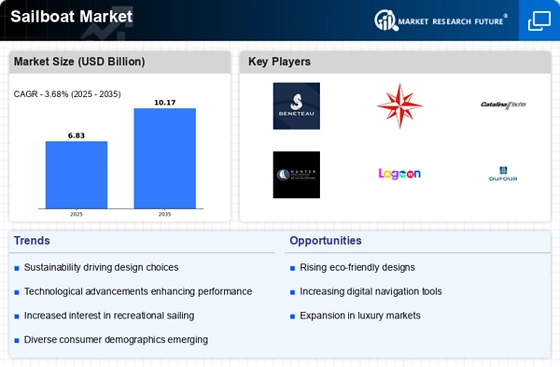
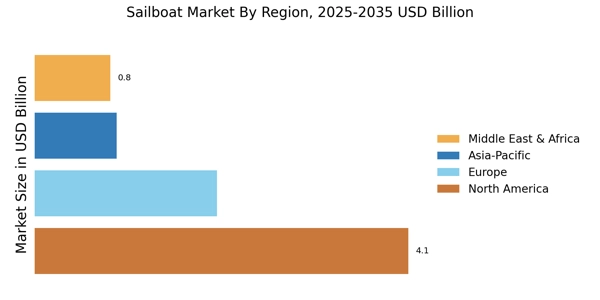
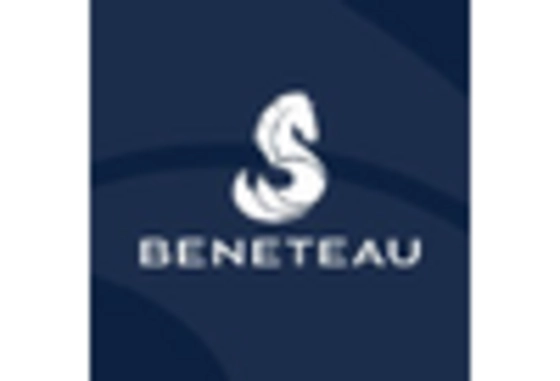
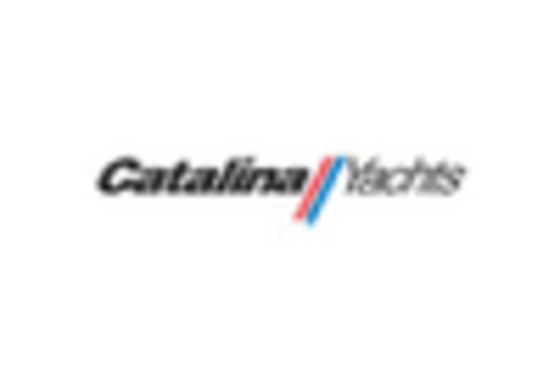
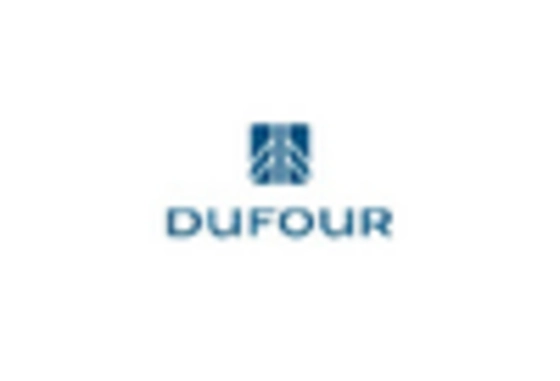
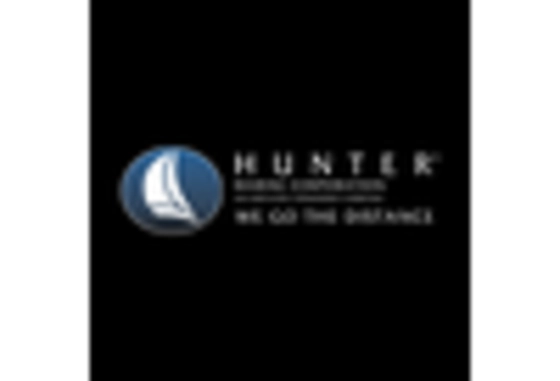
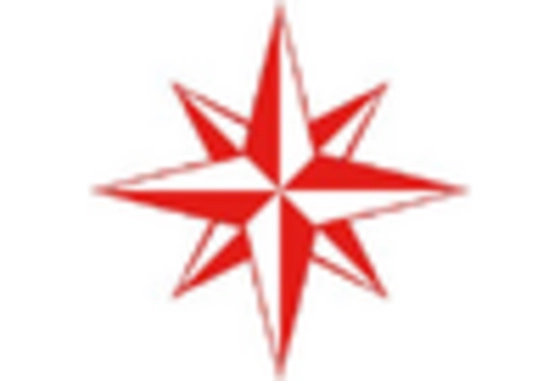
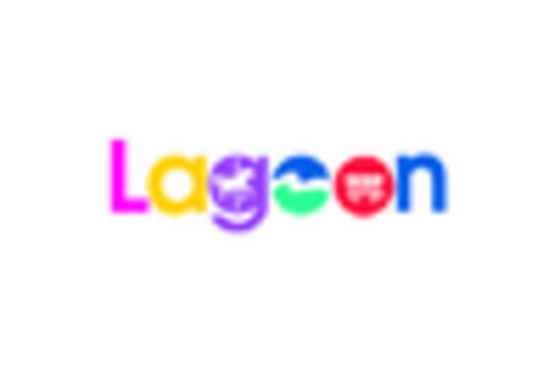








Leave a Comment